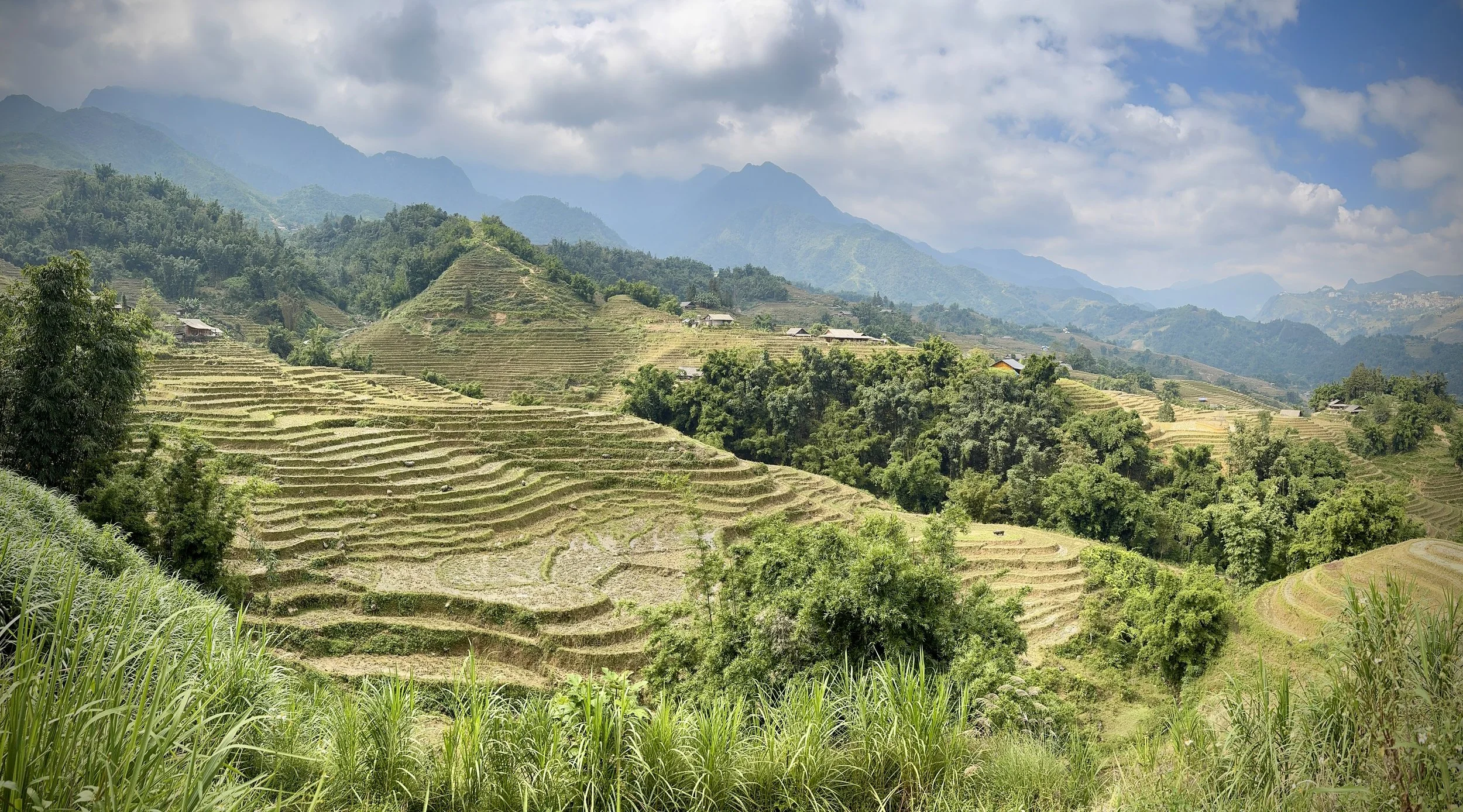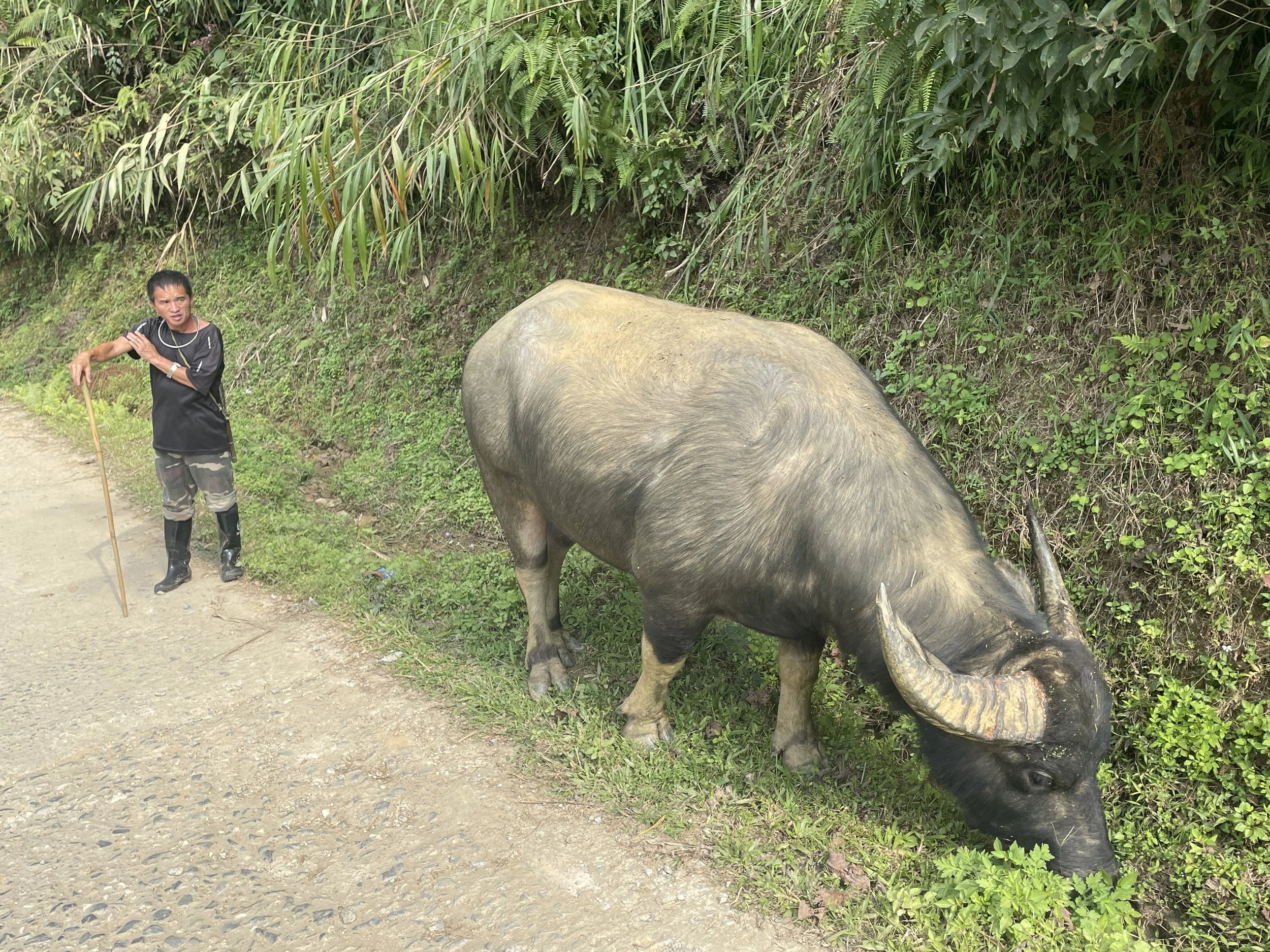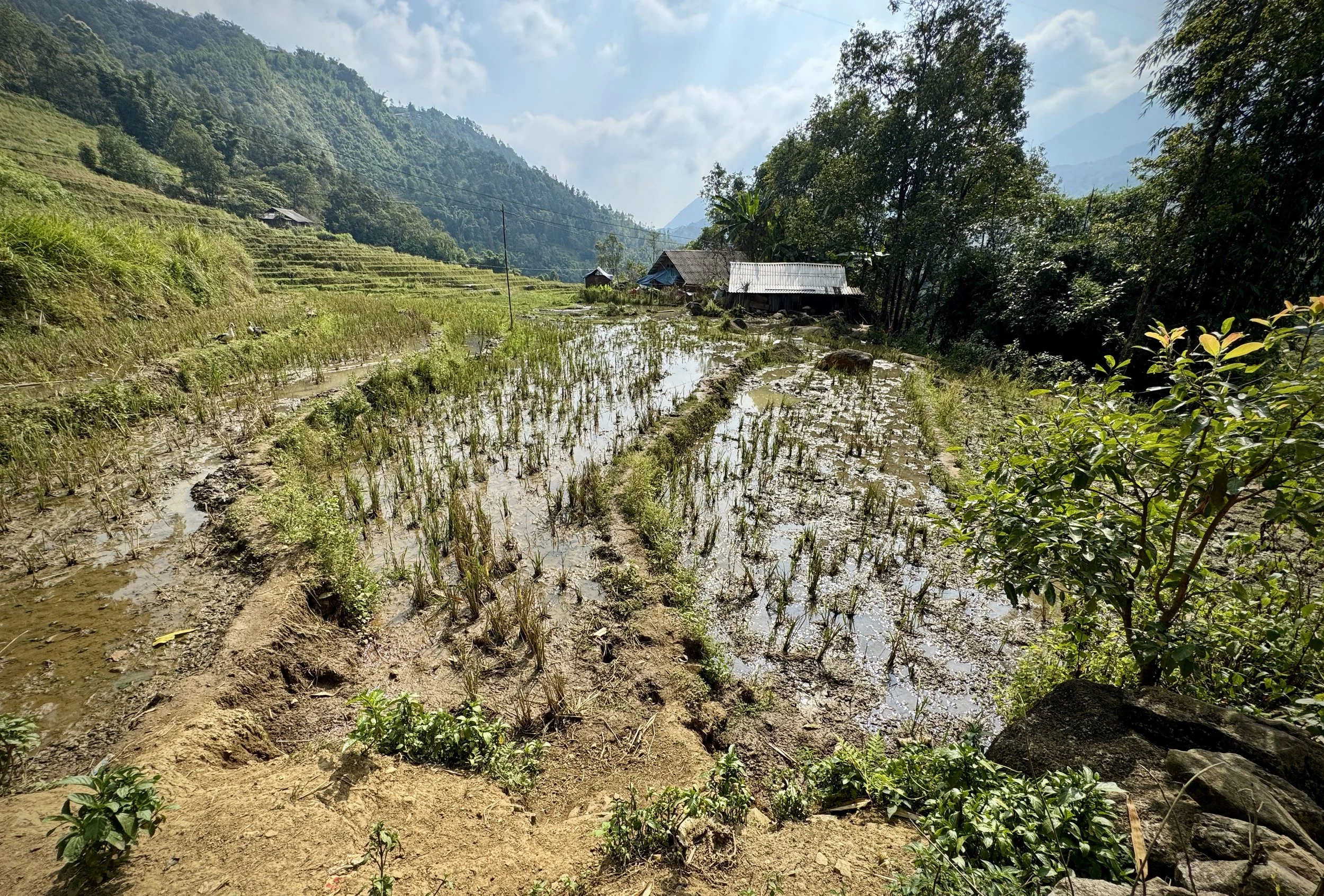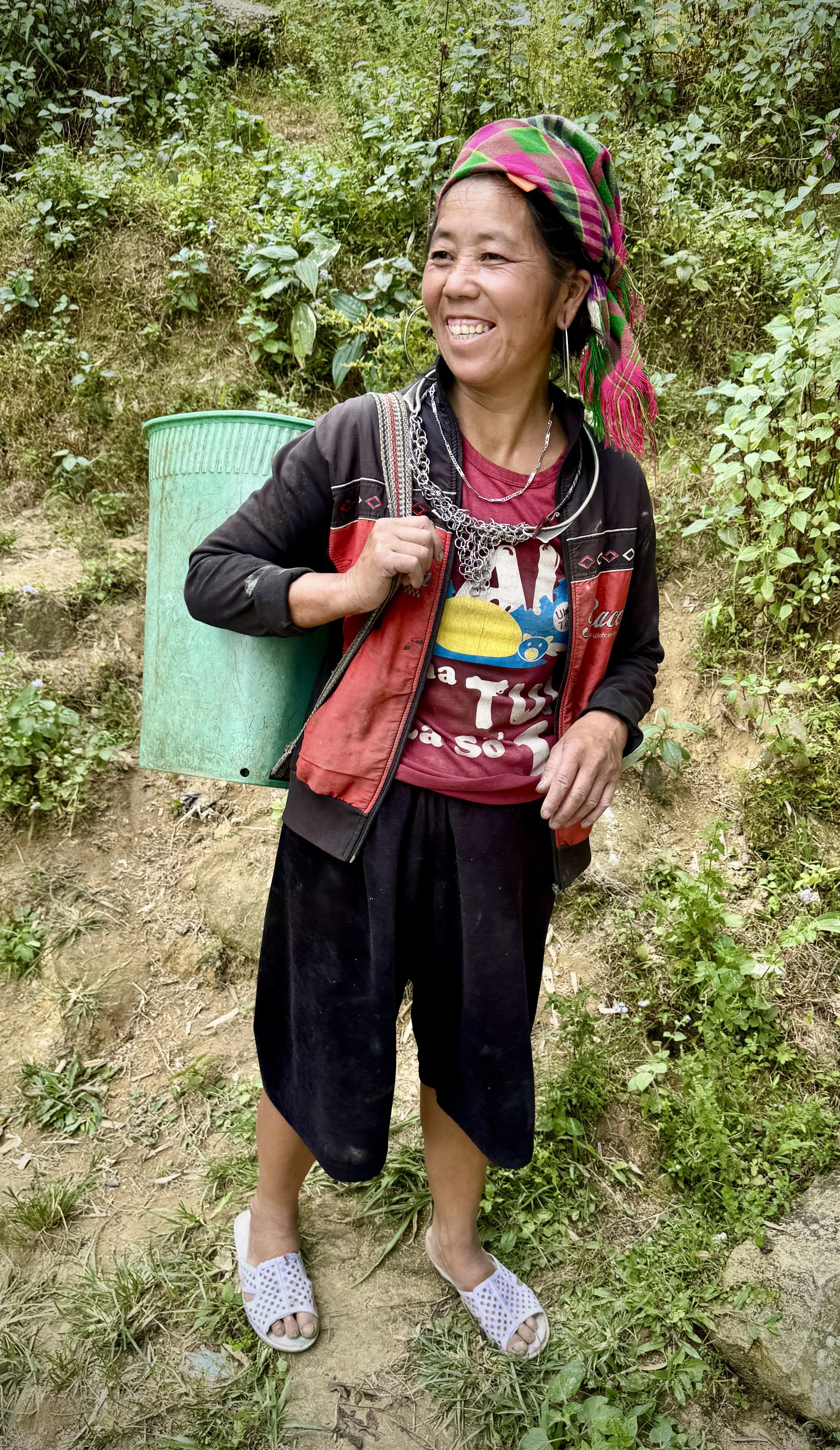Also known as: Phan Xi Păng (Vietnamese), Fan Si Pan
Significance: Highest Point in Vietnam, Lào Cai province and the Indochina peninsula
Nearest Higher Neighbour: Maotou Shan, China
Elevation: 3,147m
Date “climbed”: November 1st 2024
Coordinates: 24° 29' 6'' N, 100° 40' 17'' E
Links: Wikipedia (Vietnam, Lào Cai province, Fansipan), Peakbagger
Our trip to Fansipan was a part of a 2-week escorted tour of Vietnam. We had a very long list of things that we wanted to see in the country but only 2 weeks to do it in. Fortunately we have an ex-colleague who is also a travel organiser so asked him to plan the ultimate Grand Tour of Vietnam. The first version of the itinerary had a few days of rest in Phú Quốc island but missed out the country high point. As my main travel principle is that you can rest when you’re dead, we swapped out the island for the high point. I’m so happy that we made the swap as our 2 days around Fansipan were a highlight of the whole Vietnam trip. We had a guide and a driver so all of the arrangements were taken care of. If you’re travelling solo, check out other blogs for better info on how to get to Fansipan from Hanoi.
The main way to access Fansipan is from the centre of Sapa. This is a large town in the far north of the country, approximately 6 hours drive from Hanoi. From the town centre you can take a funicular railway, then a cable car from Hoang Lien Station. The station was opened in 2018, built in French-colonial style, and is an impressive building in its own right. When you enter the station you leave the noisy, busy streets and enter into a clean, modern Disney-style complex to start the ascent.
The first part is a 6 minute funicular railway ride to Muong Hoa Station where you change to the cable car. It’s a big complex with some gardens but we arrived mid-afternoon and didn’t have a lot of time to look around so we continued straight onto the cable car.
The Sapa Cable Car isn't just a scenic ride; it's a record-breaker! It holds two Guinness World Records:
Longest Non-Stop Three-Rope Cable Car: Stretching an impressive 6,292 meters (nearly 4 miles), it's the longest continuous three-rope cable car system in the world.
Highest Elevation Difference: With a staggering 1,410-metre (4,626 feet) vertical ascent, it has the greatest elevation difference for any non-stop three-rope cable car worldwide
The summit complex is impressively huge and well organised for something built on top of a mountain at 3000m. From the cable-car top station at you have the choice of taking another funicular or 600 steps to the high point. Wanting to do both options we took the funicular up and the steps down.
The summit is very well organised with several “false summits” with triangular makers for photo opportunities. This removes the normal queues of people waiting to have their photos taken at the same spot. We were there late in the afternoon on a weekday and it was quieter than normal.
On the way back down to the cable car station the 600 steps take you past gardens and pagodas and the largest Buddha statue in the country. It’s a better option to take the funicular up and the steps down as you get great views as you descend. Our only wish is that we had started the trip earlier so that we were not so rushed on the way down.
























































